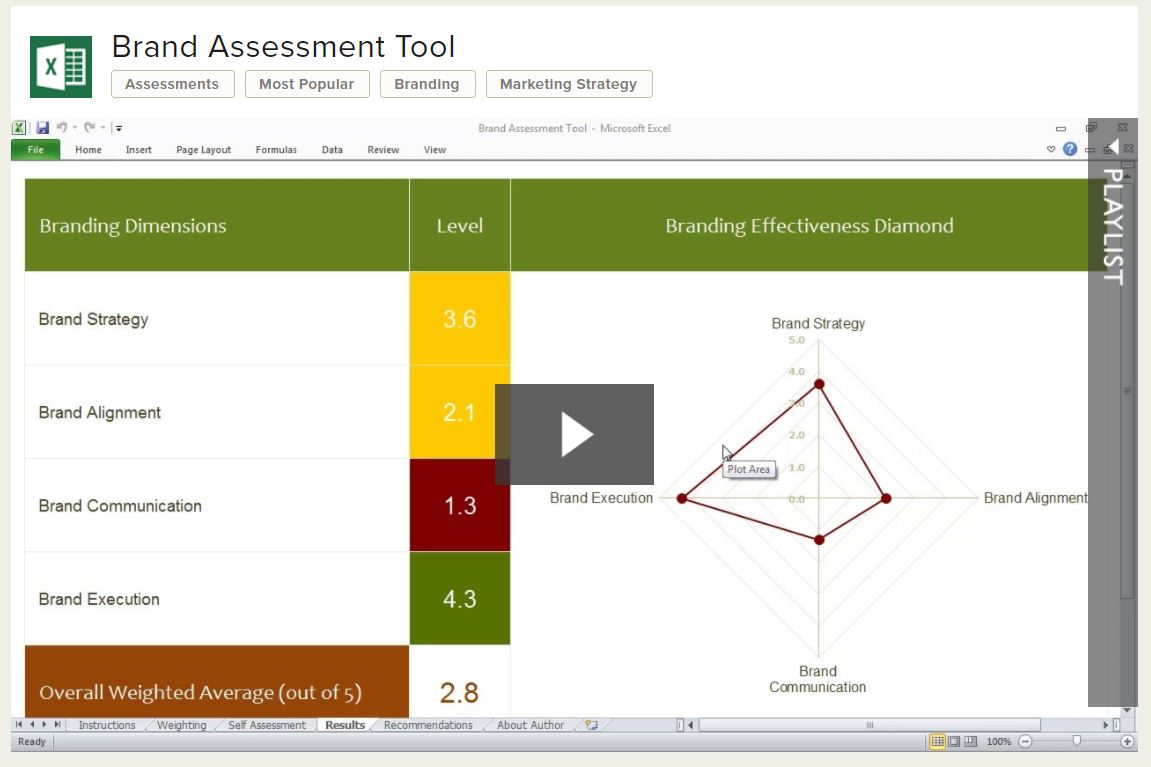5 Steps To Identify And Build Your Brand
Think of your favorite product. What makes you love it so much? It solves a problem, it fills a need. It does exactly what it is supposed to do and it is great! But there is more to a product than just what it can do, the packaging, the quality, or the logo on the box. There is also the way the product itself, and the sum of all its parts, makes you feel. That indescribable je ne sais quoi is its brand identity, and it’s what makes people like you come back to the product again and again—until that brand feels like a part of the family, part of your life, part of your own identity.
When we use social media, write blogs or articles, or leave comments, we’re developing our personal brands (like it or not). For some of us, it’s unintentional. For those trying to grow readership or viewers, it’s not just purposeful; it’s crucial. Likewise, branding is a keystone of building a small business. Creating and earning trust from your brand helps grow awareness and might just help you understand your personal brand or product better.
In today’s culture of excessive choice, consumers are constantly referring back to the intangible qualities of a brand. American Entrepreneur Lisa Gransky puts it this way: “Your brand is your public identity, what you’re trusted for. And for your brand to endure, it has to be tested, redefined, managed, and expanded as markets evolve. Brands either learn or disappear.”
From developing your personal brand to starting a small business, everyone has a brand to promote. Why? Promoting your brand, whether personal or corporate, can help you identify your target customer and your own personal view on what exactly you are selling. A personal brand can build your network or earn you a job. Building a corporate brand can help grow awareness, build customer loyalty, and solidify your general marketing strategy. The hard part is identifying that brand. Follow the tips below to pinpoint your brand and start to grow your identity.
1. Identify Why You Are Selling
It is easy to say that you are selling cars or website development, but that isn’t deep enough to help you build your brand. If you can go deeper, more emotional, and say you are selling the ability to take adventurous road trips or selling the ability to communicate company culture to clients, your brand starts to take shape.
When trying to develop your personal brand, go beyond the, “I want to get hired” mindset and push through to answers that describe what you bring to the table beyond the special skills on your resume.
Tip: Think about what you would want to hear most from a customer who loved your work. What would they say they ultimately got out of your product or service? It’s probably more than a SUV or a website.
2. Discover Your Values
Think of Coca-Cola. You probably came up with the red logo and the taste of sweet bubbles right away. You also probably are thinking of some of those values without even realizing. The top words repeated in Coke’s brand books are things like happiness, refresh, simple. These things hearken back to another key role in Coca-Cola branding: nostalgia.

Defining your values, such as friendly, techy, modern, comfort, can help you choose the more tangible parts of your brand. For a business, try to focus on your culture and products, not just your brainstorming team. For a personal brand, remember to describe your professional self rather than the person who hangs out with your friends.
If your brand is modern and simple, consider a logo with simple lines and no fuss. If your brand is creative and fun-loving, incorporate bright colors and movement into your website. Try to keep your values list to around 5 key terms. Any more, you will start to be pulled in too many directions. The more specific these values are the easier it will be to use them.
Tip: Try describing your brand as a person. You wouldn’t call a friend ‘environmentally friendly’ but you would call them ‘outdoorsy’.
3. Remember Your Audience
After determining values, designing logos, and brainstorming advertising campaigns, the next step is to take your audience into account. Top executives may not be looking at your social media as much as a millennial. Stay-at-home-moms may not be interested in the op-ed you got in the local business magazine as much as entrepreneurs. Tone and voice are key when speaking to your audience.
Planner-designer Erin Condren grew her business from a printer in her kid’s playroom to a multi-million dollar industry because she was tapped in to her audience so well. Her planners are built for busy women and she has released new planners for teachers and a new line of sorority-approved custom covers for college women. Her brand is built up on YouTube with customer-created designs and on Instagram with fun-focused employee pictures. Her values of fun, creative, feminine are clear in everything she does from logos to social media.

4. Create Continuity
Now that you have a good idea of your brand, make sure you are implementing it in everything you do. Yes, really, everything. Take Apple for example. Their brand of simplicity and progressiveness is not just in their electronics and their logo. It is visible in Tim Cook outfits or the landscaping on their campus. The brand is in everything they do.

Take that list of values and try to put them into physical manifestations: logos, service guarantees, t-shirts, ice cream Fridays. Anything you can do to make sure your brand is getting into the minds of everyone surrounding the company, from customers to employees to people passing your office window.
Tip: Every time your company creates something new ask yourself if it speaks to your values. If it doesn’t, what can you do to bring in line those missing values?
5. Allow Adaptation
All businesses, especially small ones, experience change. If you notice your company changing, it’s time to reevaluate your brand. Create an entirely new brainstorming session about your product and values and note any changes that you see. Decide if you want to move forward with these changes or if you have simply gone off message. Good brands allow adaptation. Great brands rarely have to.
Tip: Set up a brand evaluation at the end of each year or two. Even if your brand does not change, this is a great way to stay on track and incorporate new ideas. You can use this brand assessment tool as a guide.

Brands are difficult to start, but once the groundwork is laid your company will be able to move forward and avoid some growing pains. Use these steps to build up your brand and see just how much you were missing.
Julie Esworthy – Content Creator
Need help with your company’s brand strategy? Email EnVeritas Group today to see how we can help you strengthen your brand.



